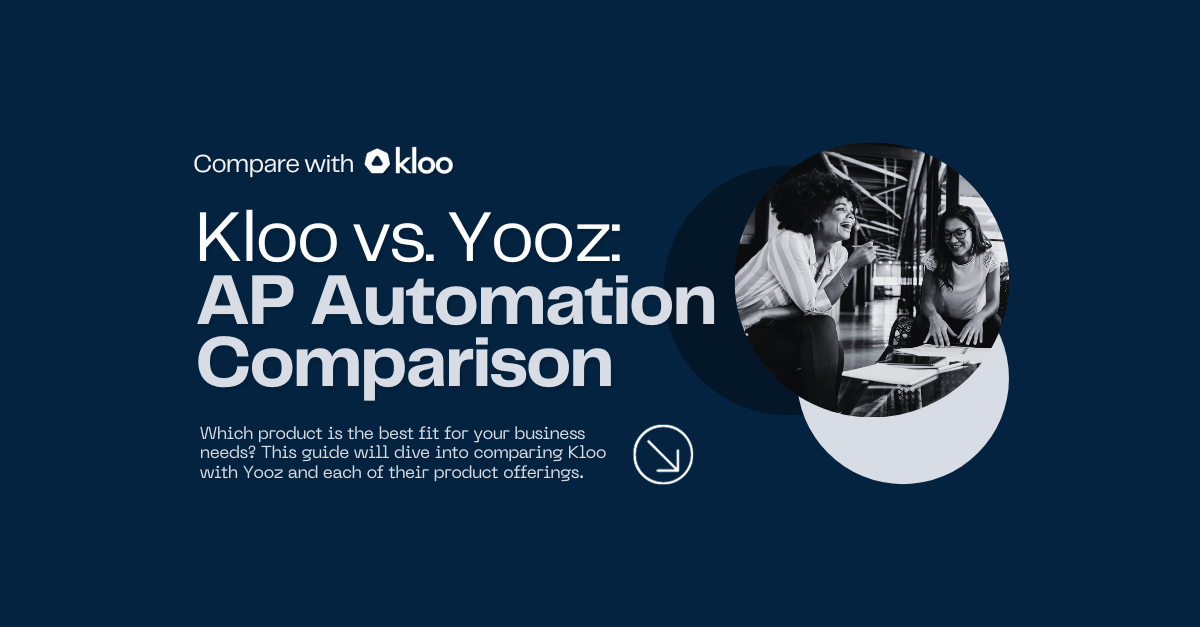
Accounts Payable vs Accounts Receivable: What's The Difference?

Accounts Receivable (AR) and Accounts Payable (AP) are key concepts in business finance that are important to understand. This guide will clarify each of these terms and how they differ.
What is Accounts Receivable (AR)?
Accounts Receivable (AR) signifies the money owed to a business by its customers for goods or services delivered. It's listed as an asset on the balance sheet and is vital for sustaining a company's liquidity and financial stability. Effective AR management ensures a steady cash flow, which is essential for the operational sustainability of a business. This involves:
- Tracking Payments: Monitoring when payments are due and ensuring timely collection.
- Sending Payment Reminders: Automated or manual reminders to customers to prompt timely payments.
- Managing Overdue Accounts: Implementing strategies to handle overdue payments, such as late fees or engaging collection agencies.
Including detailed metrics and KPIs like Days Sales Outstanding (DSO) and aging reports can help businesses better understand and improve their AR processes.
What is Accounts Payable (AP)?
Accounts Payable (AP) encompasses the money a business owes to suppliers for goods or services received. This includes not only the liability on the balance sheet but also the workflow of managing procurement processes, such as:
- Raising Purchase Requests: Initiating orders for required goods or services.
- Creating Purchase Orders: Formalising purchase requests into official documents.
- Approving Expenditures: Ensuring all expenditures are authorised by the appropriate personnel.
- Processing Invoices: Matching invoices with purchase orders and delivery receipts to ensure accuracy.
- Making Payments: Disbursing funds to suppliers through various payment methods.
Effective AP management is crucial for maintaining good supplier relationships and avoiding late fees or supply chain disruptions.
How Kloo Transforms Accounts Payable with AI
Kloo’s Accounts Payable Features Kloo offers a comprehensive suite of features for Accounts Payable management:
-
No-Touch Invoice Processing: Kloo employs OCR and AI to automatically 'read' and interpret invoices, efficiently matching them to corresponding purchase orders. This sophisticated matching process ensures accuracy and efficiency in invoice processing.
-
AI-Powered Purchase Requests: Kloo enables the raising of purchase orders using a natural language function, facilitating predictive ordering and streamlining the procurement process.
-
Automated Approval Flows: Approval processes are simplified with Kloo's system allowing approvals directly from an email inbox, eliminating the need for logging into another platform. This leads to higher employee engagement and more efficient approval processes.
-
Flexible Payment Options: Payments through Kloo can be made via a Kloo account, leveraging Open Banking, or by downloading a Bacs file, providing versatile and convenient payment solutions.
Key Takeaways
Understanding the differences between AR and AP is crucial for effective financial management. While AR focuses on tracking incoming payments owed to the business, AP deals with the obligations and processes related to outgoing payments to suppliers. Kloo’s focus on AP, especially with its advanced features, significantly improves this aspect of business operations, making financial management more efficient and streamlined.
Let's get started


